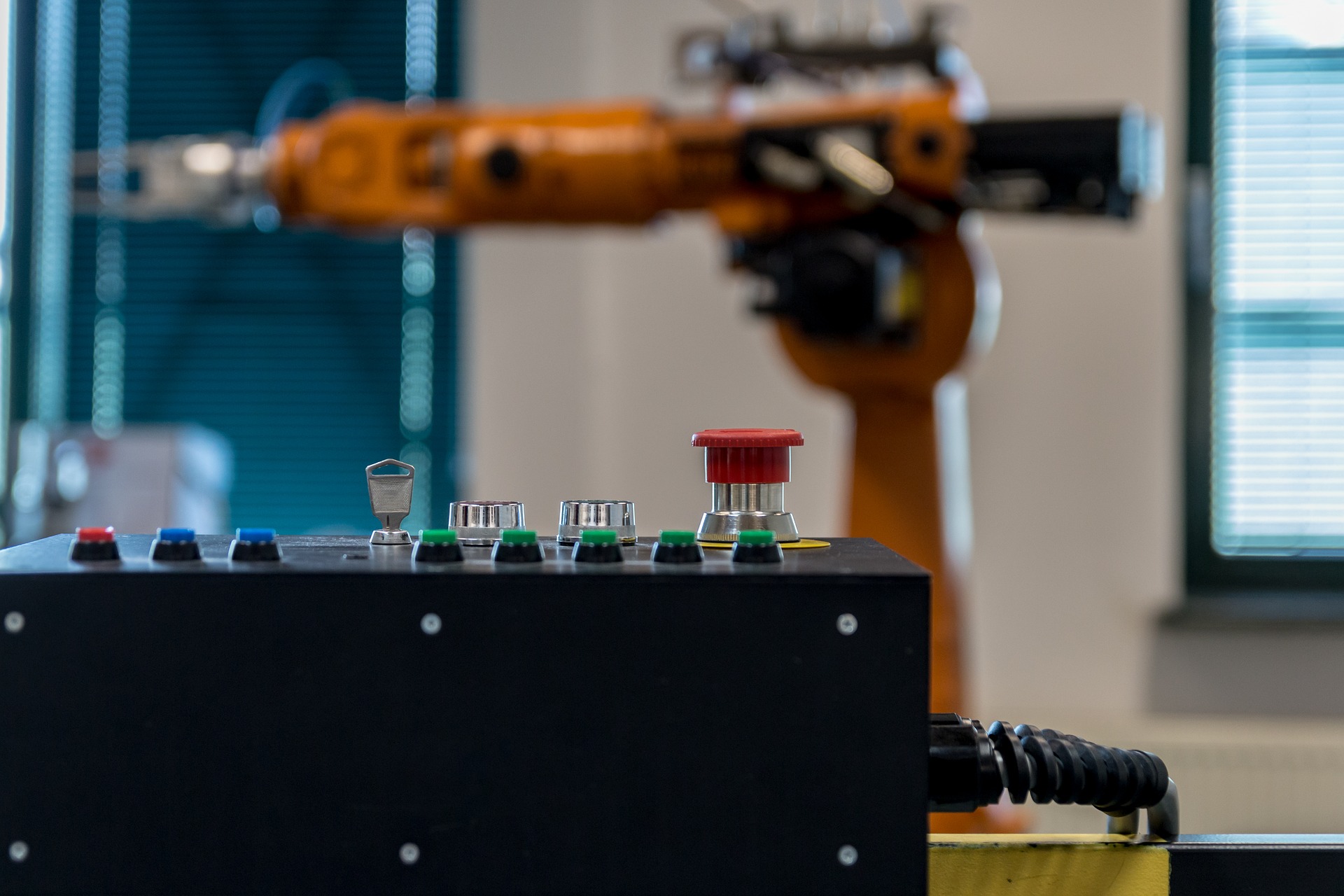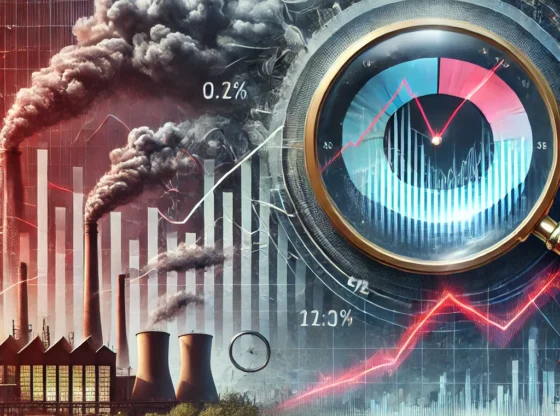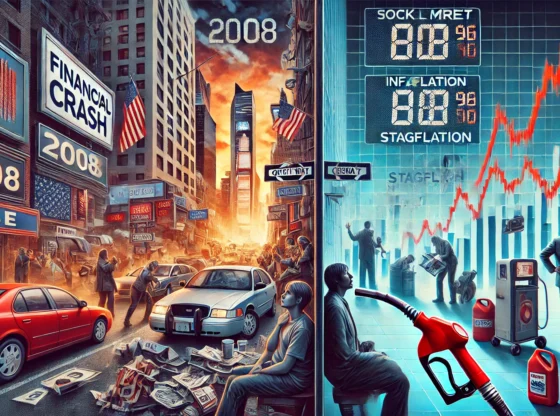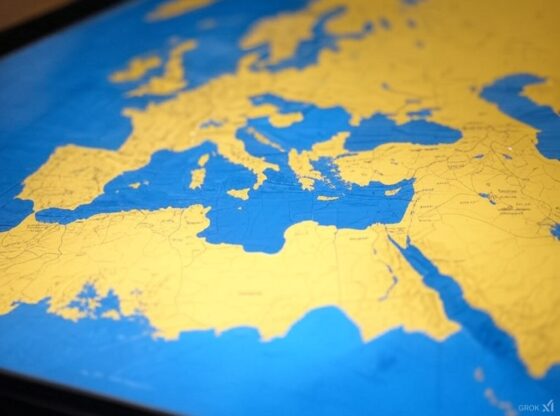Technological unemployment is a fact and economists warn that economic inequality will increase as machines take over more jobs. Politicians, therefore, need to adapt to this changing reality.
For a long time, machines have made it easier for people. The industrial revolutions have extended our physical abilities to enable humans to produce more, at a faster rate with fewer inputs in labor. The 1st industrial revolution was mainly agrarian, driven by steam power, the 2nd was in production, driven by electric power, the 3rd was the digital revolution giving us the computer and the internet. We are now confronted by the fourth industrial revolution, when our machines not only extend our physical abilities, but also our cognitive.
The 4th industrial revolution is a major industrial era since the initial Industrial Revolution of the 18th century. It builds on the Digital Revolution, representing new ways in which technology becomes embedded within societies and even the human body. Marked by emerging technology breakthroughs in a number of fields, including robotics, artificial intelligence, nanotechnology, quantum computing, biotechnology.
As the computers we use daily for a variety of tasks are now changing, they are now becoming better than humans in variety of ways, big data processing and A.I enable them to search through enormous amounts of data in a heartbeat, deductively reason and analyse ever more complex variables to achieve both faster than human analysis but also more accurate results. For example, complex algorithms can now diagnose people in health care better than your doctor.
As machines develop new skills and take over more jobs, Erik Brynjolfsson, economist, and professor at the Massachusetts Institute of Technology believes that both the economy and the labor market will be affected. With a great risk that the economic socioeconomic gap between people will increase.
The price of goods and services may decrease when machines take over the labor market, with a downward pressure on wages, as companies don’t have to pay as much in wages. It would also mean that income would increase for others, the capital owners and those with the appropriate skills.
Erik Brynjolfsson and Tom Mitchell from the Carnegie Mellon University co-authored a paper published in this weeks journal Science. They write that machine learning will not spell the “end of work” for humans but will have considerable impacts on the economy and the way people work.
Their analysis shows how the economy and the labor market can be affected by increased automation and describes 21 criteria to evaluate whether a task or a job is amenable to machine learning (ML).
Managers can these to evaluate the tasks performed in every job in their organization, while policymakers can use the list to determine which occupations are most likely to be affected by automation
Society as a whole must address the risks associated with increased automation. The researchers argue that we need to do what we can to prevent the gaps to increase as the 4th revolution progresses. Brynjolfsson and Mitchell want to see, among other things, increased focus on entrepreneurship in education, so that we can create new jobs where people are needed.
“Individuals, businesses, and societies that made the right complementary investments — for instance, in skills, resources, and infrastructure — thrived as a result,”
– The authors write.
Even though we will see major changes in the labor market in the future, there will still be jobs where man is better than the machines, according to the researchers. Excluding general artificial intelligence from this scenario, machine learning and robotics are inferior to humans in a variety of tasks.
Machines have trouble with tasks that require long chains of reasoning based on background knowledge about the world, or the kind of “common sense” that humans have. They may be good at games like chess or Go, which do have several steps in them, but they fare less well in a game where they have to locate a newly introduced item in a room, for example.
They tend to be bad at explaining their decisions. For example, machines can diagnose some diseases as well as or better than the best human doctors, the authors write, but they generally cannot explain how they arrived at those diagnoses. And even though machines have become better than human reading X-rays, they are not as good as us on tasks that require empathetic ability. They are, for example, less likely to comfort and talk with patients.
This partly comes down to the fact that artificial neural networks make use of different processes than human brains do. But machines also need access to large data sets for training, which may not be available or may be difficult to build.
Reference:
Erik Brynjolfsson, Tom Mitchell What can machine learning do? Workforce implications DOI: 10.1126/science.aap8062


![OpenAI. (2025). ChatGPT [Large language model]. https://chatgpt.com](https://www.illustratedcuriosity.com/files/media/55124/79bc18fa-f616-4951-856f-cc724ad5d497-560x416.webp)
![OpenAI. (2025). ChatGPT [Large language model]. https://chatgpt.com](https://www.illustratedcuriosity.com/files/media/55099/2638a982-b4de-4913-8a1c-1479df352bf3-560x416.webp)








![OpenAI. (2025). ChatGPT [Large language model]. https://chatgpt.com](https://www.illustratedcuriosity.com/files/media/55136/b1b0b614-5b72-486c-901d-ff244549d67a-350x260.webp)
![OpenAI. (2025). ChatGPT [Large language model]. https://chatgpt.com](https://www.illustratedcuriosity.com/files/media/55124/79bc18fa-f616-4951-856f-cc724ad5d497-350x260.webp)
![OpenAI. (2025). ChatGPT [Large language model]. https://chatgpt.com](https://www.illustratedcuriosity.com/files/media/55099/2638a982-b4de-4913-8a1c-1479df352bf3-350x260.webp)








